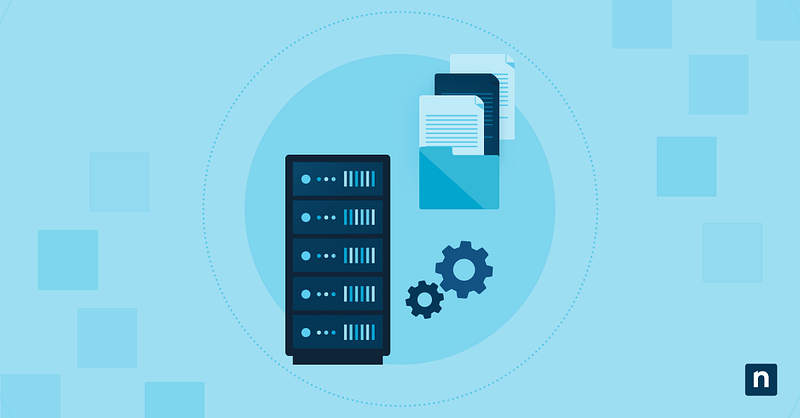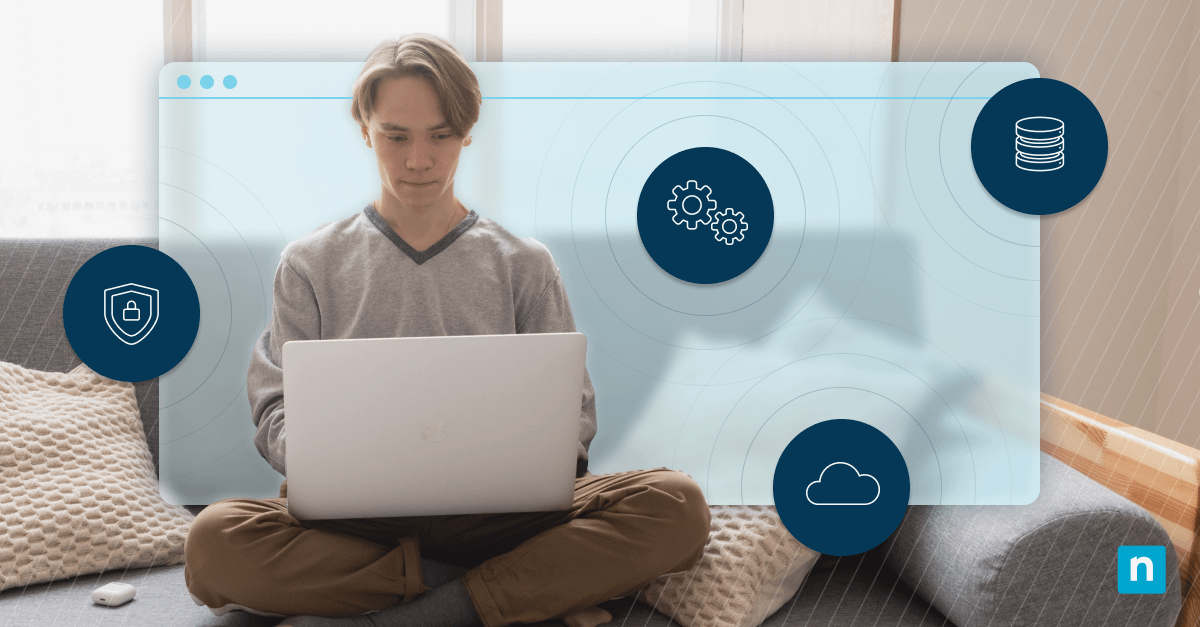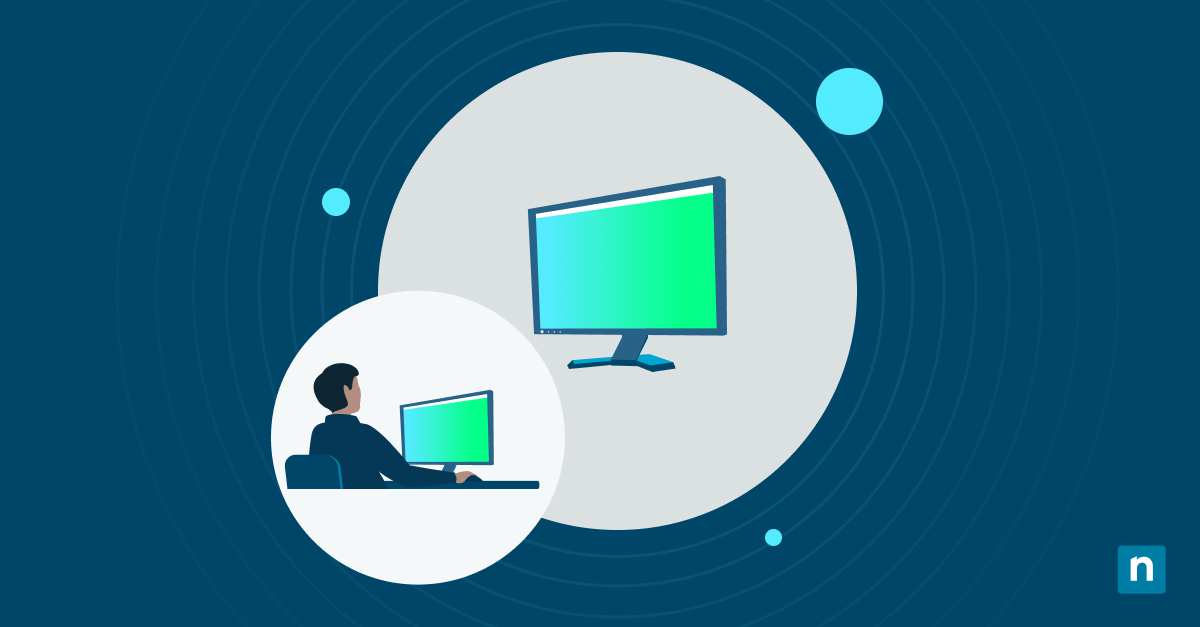Digital Living Network Alliance (DLNA) media streaming allows a Windows 11 computer to serve as a media server, which means you can share media files, such as pictures and music, with compatible devices like speakers or smart TVs.
A comprehensive guide to enabling and disabling DLNA on Windows 11
You can manage DLNA settings through the Control Panel, Service Control, or Registry Editor. For enterprise environments, you can also consider using Windows PowerShell scripts or group policies. For the latter, however, keep in mind that there are no specific group policies that restrict DLNA specifically, but you can achieve the same effect by restricting media sharing in Windows Media Player Legacy.
Prerequisites before you enable or disable DLNA media streaming
Before you get started, here are some things to consider:
- Windows Media Player must be installed on your computer.
- To check, open the Start Menu > Settings > Apps > Installed Apps.
- Make sure that Windows Media Player is there.
- If you’re going to make edits to the Windows Registry, you’re going to need administrator privileges. To check if you have the needed permissions, open the Start Menu > Settings > Accounts. The word “Administrator” should be printed under your username.
- Your devices should be connected to a private network to use streaming functions. To do that, follow these steps:
- Open the Start Menu > Settings > Network & internet.
- If you’re using Wi-Fi, select Wi-Fi > Properties.
- Under Network profile type, choose Private.
Method 1: Enable or disable DLNA via Control Panel (GUI)
This is the most straightforward and standard method. It’s best used for personal networks.
- Open the Start Menu, search Control Panel, and open the program.
- Click Network and Sharing Center.
- In the left sidebar, select Media streaming options.
- To turn on, click Turn on media streaming. If it’s already enabled, select Turn off media streaming to turn it off.
- You will see a list of media streaming options for your computers and devices. Customize it according to your preferences.
Method 2: Start or stop DLNA service via Services Console
- Press Win+R, type services.msc, and press Enter.
- Scroll down and locate Windows Media Player Network Sharing Service.
- Double-click.
- To disable, change Startup type to Disabled.
- Click Stop > OK.
To enable:
- Follow steps 1 to 3 above.
- Change Startup type to Automatic (Delayed Start) or Manual, depending on your preferences.
- Automatic (Delayed Start) means that the service will automatically start shortly after your computer boots up.
- Manual means that the service will only start after a program explicitly initiates it.
Method 3: Disable DLNA media streaming via Registry Editor
This method is best used for multi-user environments. It will change the settings for all users who share the same device.
⚠️Note: Please remember to make a backup of your Windows Registry before proceeding to prevent any unintended consequences.
- Open the Start Menu, search for Registry Editor, and open the program.
- Navigate to this address:
HKEY_LOCAL_MACHINE\SOFTWARE\Policies\Microsoft\WindowsMediaPlayer- If the WindowsMediaPlayer key isn’t there, right-click on the Microsoft key.
- Select New > Key.
- Name the key WindowsMediaPlayer.
- Right-click on PreventLibrarySharing value.
- If the PreventLibrarySharing value isn’t there, right-click on the WindowsMediaPlayer key.
- Select New > DWORD (32-bit) Value.
- Name the value PreventLibrarySharing.
- Double-click PreventLibarySharing value, and set the value to 1 to disable. To enable, set the value to 0.
- Click OK.
- Restart your computer for the changes to apply.
Method 4: Use PowerShell to manage the DLNA service
This is a good method for enterprise environments. You can deploy it to all your managed devices using a Remote PowerShell tool.
- Open the Start Menu, search for Windows PowerShell, and open the program.
- To disable media streaming, type:
Set-Service -Name “WMPNetworkSvc” -StartupType Disabled and press Enter. - To enable media streaming, type:
Set-Service -Name “WMPNetworkSvc” -StartupType Enabled and press Enter.
Method 5: Group Policy for enterprise enforcement
There is no group policy that directly restricts DLNA. However, you can use software restrictions to prevent Windows Media Player Legacy from sharing media.
- Open the Start Menu, search for Edit group policy, and open the program.
- Navigate to Computer Configuration > Administrative Templates > Windows Components > Windows Media Player.
- Locate the Prevent Media Sharing policy and double-click it.
- Set it to Enabled or Disabled, according to your preferences.
- Press Okay.
Additional considerations before enabling/disabling DNLA media streaming
- DLNA will only work if your network is marked as Private.
Here are the steps to mark your network as private:- Open the Start Menu > Settings > Network & internet.
- If you’re using Wi-Fi, select Wi-Fi > Properties.
- Under Network profile type, choose Private.
- When you enable DLNA, it will open up certain ports in your computer. Monitor them to prevent security breaches.
- Other media devices should be on the same subnet and support DLNA for it to appear in streaming options.
- DLNA shares the same media library as Windows Media Player. Add your files to the latter program.
Why manage DLNA Media streaming?
DLNA media streaming allows your PC to function as a media server, which makes it easier for other devices to connect and stream media files through it. However, serving as a media server opens up ports that can open your device up to potential vulnerabilities.
Because of this, it’s important to strike a balance between achieving your goals by using your device as a media server and minimizing the security vulnerabilities that come with doing that. Turning DLNA on will allow you to enable local streaming even in home, lab, or AV setups.
On the other hand, turning DLNA media streaming off at the appropriate times will prevent unauthorized media sharing. It will also reduce unnecessary service activity and firewall exposure.
Master the different ways to enable/disable DLNA media streaming in Windows 11
DLNA media streaming can allow you to share and stream media files with compatible devices, but it’s not something you want to have enabled all the time, especially in enterprise environments. It can open your devices up to some security vulnerabilities.
Because of this, it’s important to learn how to enable and disable this feature according to your needs. You can control these settings through the Control Panel or Service Console for individual users. For multi-user setups and enterprise environments, you might want to take advantage of the Registry Editor or Windows PowerShell. You can also use Group Policies to restrict media sharing done through the Windows Media Player.








